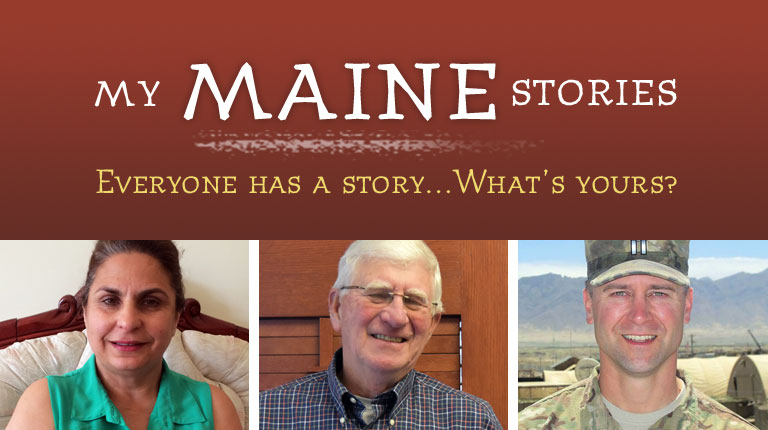A story by Genevieve LeMoine, The Peary-MacMillan Arctic Museum from 1897
In the summer of 1897, Robert E. Peary sailed to northwestern Greenland to bring an iron meteorite back to the United States. Franz Boas, anthropologist at the American Museum of Natural History in New York asked Peary to invite an Inuit hunter to travel to New York and spend the winter at the museum so Boas could learn about life in the region.
Peary was happy to oblige, but when he returned to New York in the fall he had with him not one man, but three, along with one woman and two children. Tragically, many of the Inuit soon fell ill, and by winter all but one man, Uisaakassak, and one child, Minik, had died of tuberculosis. Uisaakassak returned to Greenland in the spring, but a museum staff member adopted eight-year-old Minik and raised him with their children.
As a teenager, Minik learned that his father’s body had not been buried as he had been told, but had instead been processed, and his bones stored at the museum. Minik embarked on an unsuccessful battle to have his father’s remains returned to him for burial, and then pleaded with Peary to give him passage back to Greenland. Peary refused, but in 1909 Josephine Peary arranged for Minik to go north on a vessel being sent to meet her husband.
Minik struggled at first, having forgotten much of the language and having missed the crucial years of training that other young hunters had. Still, he was able to relearn and become a competent hunter. He did not forget his years in New York and in 1917 arranged to sail south once more. He took a job in a lumber camp in northern New Hampshire, and died there in the fall of 1918, a victim of the influenza pandemic.
Friendly URL: https://www.mainememory.net/mymainestory/minik






